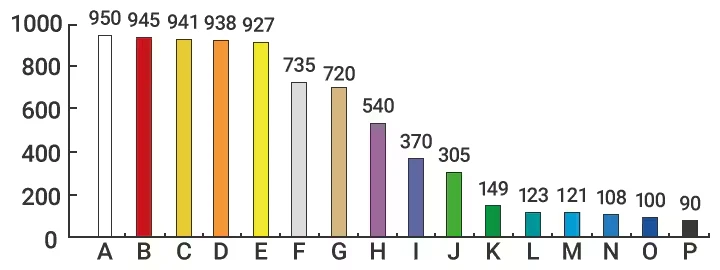Categories
- Color Sensors - Industrial(33)
- 1
- 2
Industrial color sensors are high-precision electronic devices designed to detect and identify the colors of objects. They are widely used in automated production lines, such as food packaging, pharmaceutical manufacturing, and quality inspection of printed materials. These sensors can quickly and accurately identify color differences to ensure product quality and consistency.
What Are Color Sensors?
A color sensor is a type of "photoelectric sensor" that emits light from a transmitter and then detects the light reflected from the target object using a receiver.
This sensor can measure the intensity of the received light for red, blue, and green individually, enabling it to determine the color of the target object.
Color sensors are devices that can detect and measure colors by analyzing reflected or emitted light to assess color properties. These sensors are commonly used in various industries, including printing, paint, textiles, and food processing, for applications such as color recognition, quality control, and color matching.
Features of Color Sensors

Since the light source encompasses not only red but also green and blue wavelengths, the ratios of these colors can be analyzed, enabling differentiation of the appearance and color of target objects.
When using a red wavelength photoelectric sensor, certain color combinations, like red and white, can be challenging to distinguish. In contrast, a color sensor provides reliable detection, even for such complex combinations.

The graph illustrates variations in light intensity received from different colored targets when using a KEYENCE fiber optic sensor (red light). It indicates that combinations like white and red or orange and yellow are challenging to distinguish based solely on the received light intensity.













